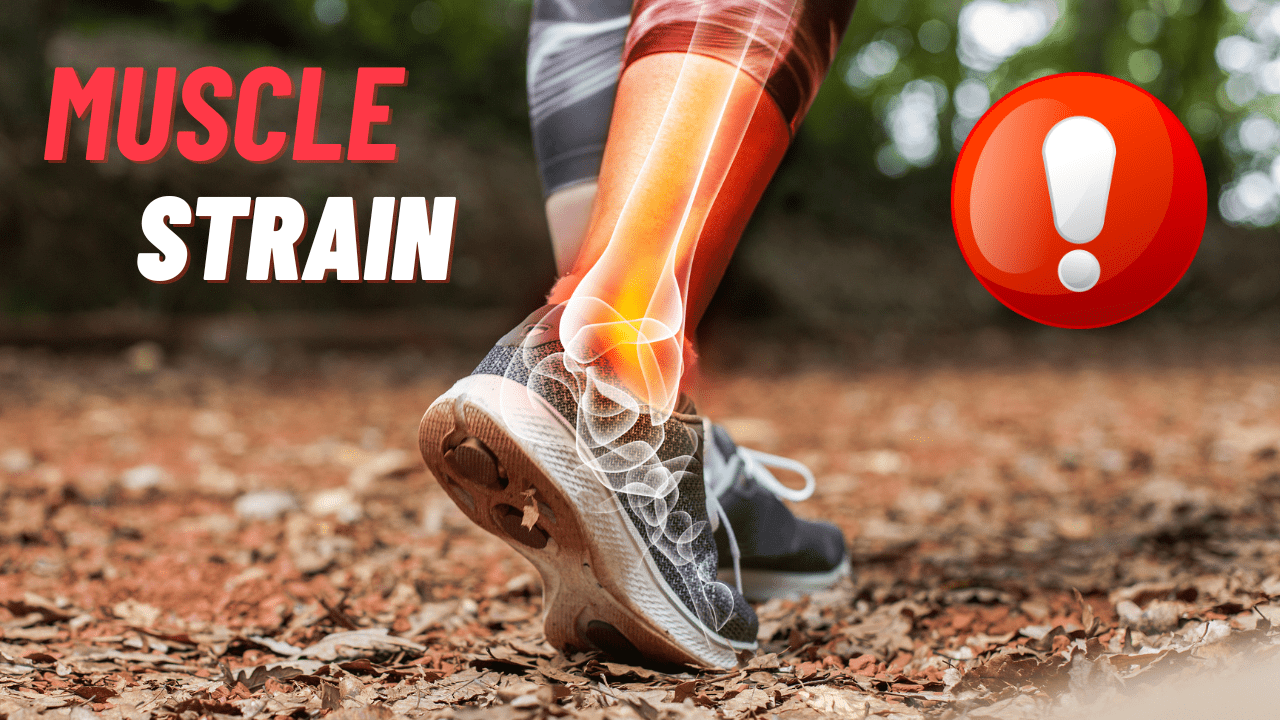How to Speed Up Muscle Strain Recovery Before Taking an overview into the world of muscle strain recovery, let’s debunk a common misconception. Many people believe that muscle strain recovery is a slow and inevitable process, requiring weeks or even months of rest and inactivity.
However, this couldn’t be further from the truth. With the right strategies and techniques, it’s possible to speed up muscle strain recovery significantly, getting you back to your active lifestyle in no time. In this blog, we’ll explore effective methods to accelerate muscle strain recovery, debunking the myth of lengthy downtime.
1. Understanding Muscle Strain: What Causes the Pain?
Muscle strain, often referred to as a pulled muscle, occurs when muscle fibers stretch or tear due to overexertion or sudden movements.
Whether you’re an athlete pushing your limits or simply engaging in everyday activities, muscle strains can happen to anyone. Lifting heavy objects without proper form, sudden movements during sports, or even simple tasks like bending or twisting can lead to muscle strain.
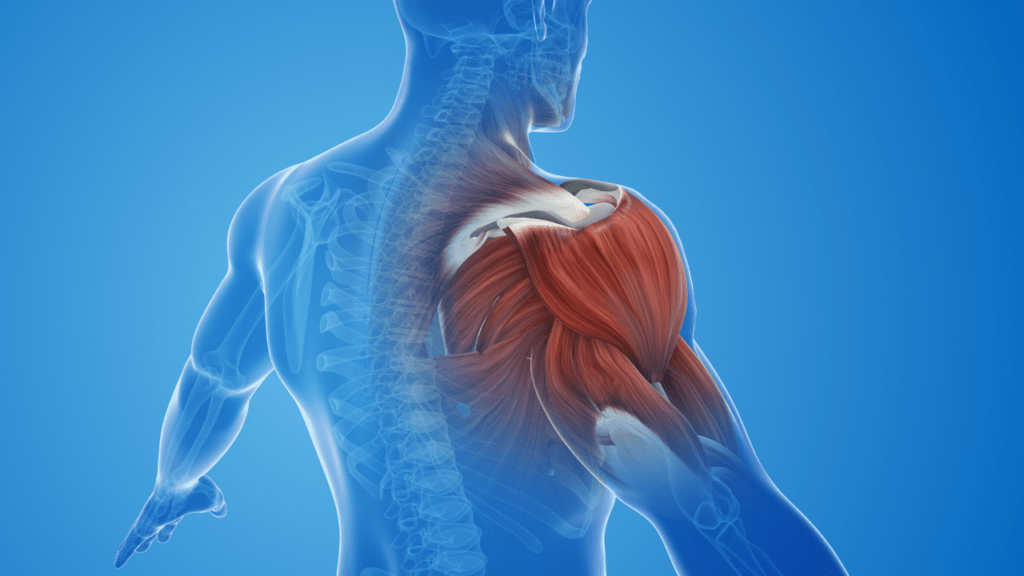
Best exercises for speeding up muscle strain recovery
When a muscle is strained, it’s essential to recognize the symptoms early to initiate proper treatment promptly. Typical symptoms include pain, swelling, bruising, and limited range of motion. However, the severity of symptoms can vary depending on the extent of the injury. While minor strains may only cause discomfort and slight swelling, severe strains can result in excruciating pain and significant loss of function.
It’s crucial to seek proper diagnosis and treatment for muscle strains to ensure a smooth recovery process. Healthcare professionals often diagnose muscle strains through physical examination, assessing the affected area’s range of motion and strength. In some cases, imaging tests like MRI or ultrasound may be necessary to determine the extent of the injury accurately.
How to Speed Up Muscle Strain Recovery In the next section, we’ll go into various treatment options available for muscle strains, ranging from traditional methods like rest and ice to alternative therapies like physical therapy and massage. Stay tuned to discover how you can fast-track your muscle strain recovery journey and get back to doing what you love.
2. Symptoms of Muscle Strain: Recognizing the Signs
Before we dive into treatment options, let’s ensure we’re familiar with the symptoms of muscle strain. As mentioned earlier, symptoms can vary depending on the severity of the strain, but common signs include pain, swelling, bruising, and limited range of motion. It’s crucial to pay attention to these signals from your body and seek appropriate treatment promptly to prevent further complications.
Now, let’s explore various treatment options available for muscle strains, ranging from traditional methods to alternative therapies. While rest and ice are essential for initial pain management and inflammation reduction, additional interventions can further expedite the healing process and promote optimal recovery.

3. Diagnosis and Treatment Options: Beyond Rest and Ice
Diagnosis and Treatment Options: Beyond Rest and Ice” other ways to treat muscle strains. It talks about things like physical therapy and massage therapy, as well as acupuncture and chiropractic care.
Physical Therapy
Physical therapy plays a crucial role in muscle strain recovery by focusing on strengthening and rehabilitating the injured muscle. Through targeted exercises and stretches, physical therapists help restore flexibility, improve muscle function, and reduce the risk of re-injury.
Massage Therapy
Massage therapy can aid in muscle strain recovery by promoting blood flow to the affected area, reducing muscle tension, and accelerating the removal of metabolic waste products. Techniques such as deep tissue massage and myofascial release can target specific muscle groups and alleviate discomfort.
Acupuncture
Acupuncture, an ancient Chinese healing technique, involves inserting thin needles into specific points on the body to alleviate pain and promote healing. While the mechanisms behind acupuncture’s effectiveness are still being studied, many people find relief from muscle strain symptoms through regular acupuncture sessions.
Chiropractic Care
Chiropractic adjustments can help realign the spine and improve nervous system function, which may indirectly support muscle strain recovery by reducing tension and promoting overall musculoskeletal health.
By incorporating How to Speed Up Muscle Strain Recovery these alternative therapies alongside traditional treatments like rest and ice, individuals can optimize their muscle strain recovery and get back to their active lifestyles more quickly. In the next section, we’ll delve into natural remedies and lifestyle modifications that can further support the healing process. Stay tuned to discover holistic approaches to muscle strain recovery that prioritize long-term wellness.
4. Natural Remedies for Muscle Strain: Supporting Healing from Within
When it comes to muscle strain recovery, nature offers a treasure trove of remedies that can aid in healing and alleviate discomfort.
Here are some natural approaches to consider incorporating into your recovery routine:
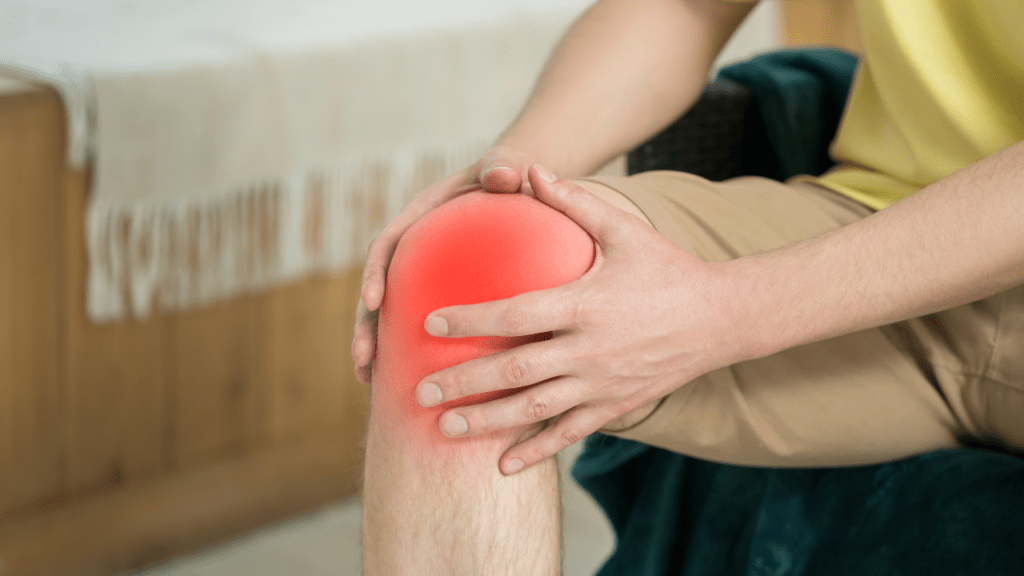
Arnica Gel
Arnica gel, derived from the arnica flower, is renowned for its anti-inflammatory properties. Applying arnica gel to the affected area can help reduce swelling and relieve pain, making it a popular choice among athletes and fitness enthusiasts.
Soaking in a warm bath infused with Epsom salt can work wonders for muscle strain recovery. Epsom salt, rich in magnesium sulfate, helps relax muscles, alleviate soreness, and promote overall relaxation. Add a cup or two of Epsom salt to your bathwater and soak for 20-30 minutes to experience the benefits.
Turmeric Supplements
Turmeric, a vibrant yellow spice commonly used in cooking, contains a compound called curcumin with potent anti-inflammatory and antioxidant properties. Taking turmeric supplements or incorporating turmeric into your diet can help reduce inflammation and support muscle recovery.
5. Effective Techniques for Accelerating Recovery: Getting Back in Action
In addition to natural remedies, specific techniques can help accelerate muscle strain recovery and get you back to your active lifestyle faster.
Let’s explore some effective strategies for promoting healing and restoring muscle function:
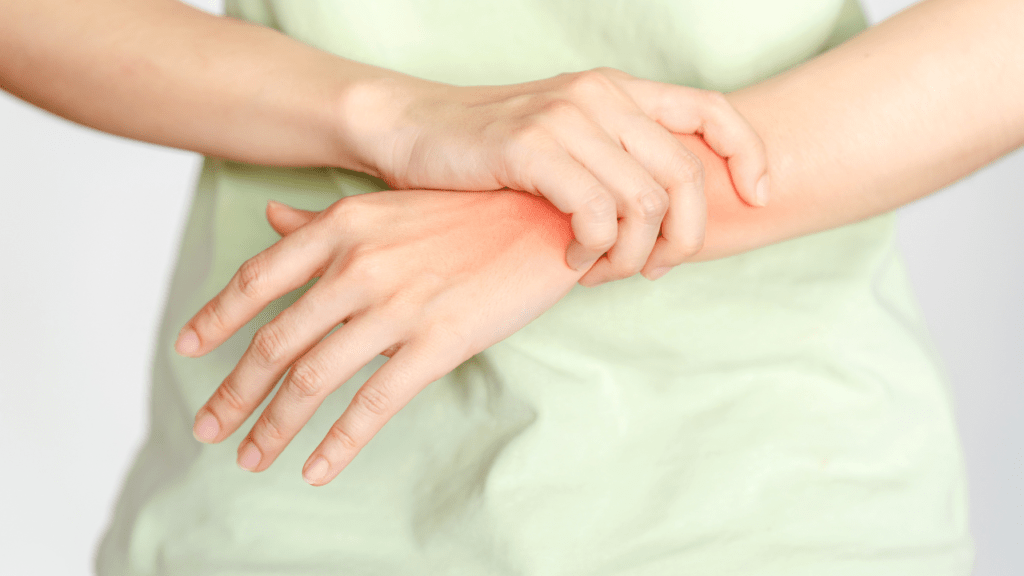
Proper Stretching Exercises
Incorporating gentle stretching exercises into your daily routine can improve flexibility, reduce muscle tension, and enhance blood flow to the injured area. Focus on stretching the affected muscle group while avoiding any movements that cause pain or discomfort.
Gradual Strength Training
Once the acute phase of the injury has passed, gradually reintroduce strength training exercises to rebuild muscle strength and endurance. Start with light resistance and gradually increase intensity as tolerated, being mindful of proper form and technique.
Foam Rolling
Foam rolling, also known as self-myofascial release, involves using a foam roller to apply pressure to tight or sore muscles. It can help alleviate muscle tightness, improve circulation, and enhance overall mobility, making it a valuable tool for muscle strain recovery.
By incorporating these natural remedies and effective techniques into your muscle strain recovery plan, you can support your body’s healing process and expedite your return to peak performance. In the next section, we’ll explore the role of nutrition and supplements in promoting muscle recovery and overall wellness. Stay tuned for expert insights on fueling your body for optimal healing and resilience.
6. Nutrition and Muscle Strain Recovery: Fueling Your Body for Healing
When it comes to recovering from a muscle strain, the old adage “you are what you eat” holds true. Providing your body with the nutrients it needs to repair damaged tissues and reduce inflammation is essential for promoting speedy recovery.
Here are some key nutrients to focus on during the recovery process:
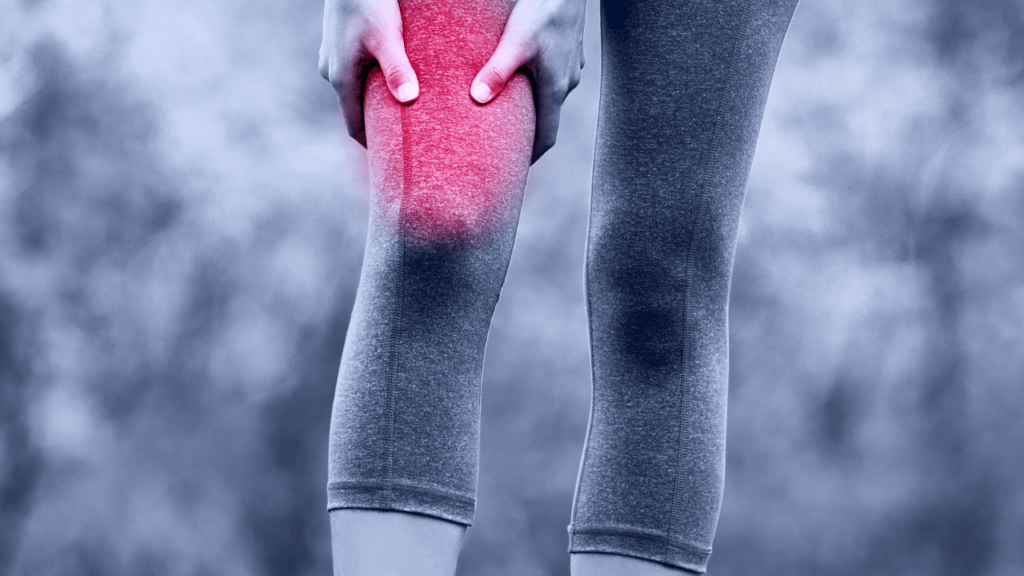
Protein
Protein is the building block of muscle tissue and plays a crucial role in muscle repair and regeneration. Incorporating lean sources of protein such as chicken, fish, tofu, and legumes into your diet can help support muscle recovery and rebuild strength.
Antioxidants
Antioxidants help combat oxidative stress and inflammation in the body, which can impede the healing process. Load up on antioxidant-rich foods like berries, leafy greens, nuts, and seeds to support your body’s natural recovery mechanisms.
Omega-3 Fatty Acids
Omega-3 fatty acids, found in fatty fish, flaxseeds, and walnuts, have anti-inflammatory properties that can help reduce pain and swelling associated with muscle strain. Adding omega-3-rich foods to your diet or taking a high-quality fish oil supplement can support the healing process.
7. Supplements for Muscle Strain Recovery: Boosting Healing and Resilience
In addition to obtaining nutrients from whole foods, certain supplements can complement your diet and provide targeted support for muscle strain recovery.
Here are some supplements to consider incorporating into your recovery regimen

Collagen Peptides
Collagen is the most abundant protein in the body and plays a vital role in supporting connective tissues like tendons and ligaments. Supplementing with collagen peptides can help promote tissue repair and enhance overall joint health.
Bromelain
Bromelain is a natural enzyme found in pineapple that has anti-inflammatory properties and may help reduce swelling and inflammation associated with muscle strain. Taking a bromelain supplement or consuming fresh pineapple can support the healing process.
Curcumin
Curcumin, which is the active compound found in turmeric, has strong anti-inflammatory and antioxidant properties. Therefore, using a curcumin supplement or adding turmeric to your diet can lessen pain and speed up the healing process.
By paying attention to your nutrition and considering targeted supplements, you can provide your body with the support it needs to recover from muscle strain more efficiently. In the next section, we’ll explore proactive strategies for preventing future muscle strains and maintaining optimal musculoskeletal health. Stay tuned for expert tips on injury prevention and long-term wellness.
8. Prevention Strategies: Safeguarding Against Future Injuries
“Safeguarding Against Future Injuries” outlines proactive measures to avoid muscle strains and keep yourself healthy for a long time. By including proper warm-up exercises.
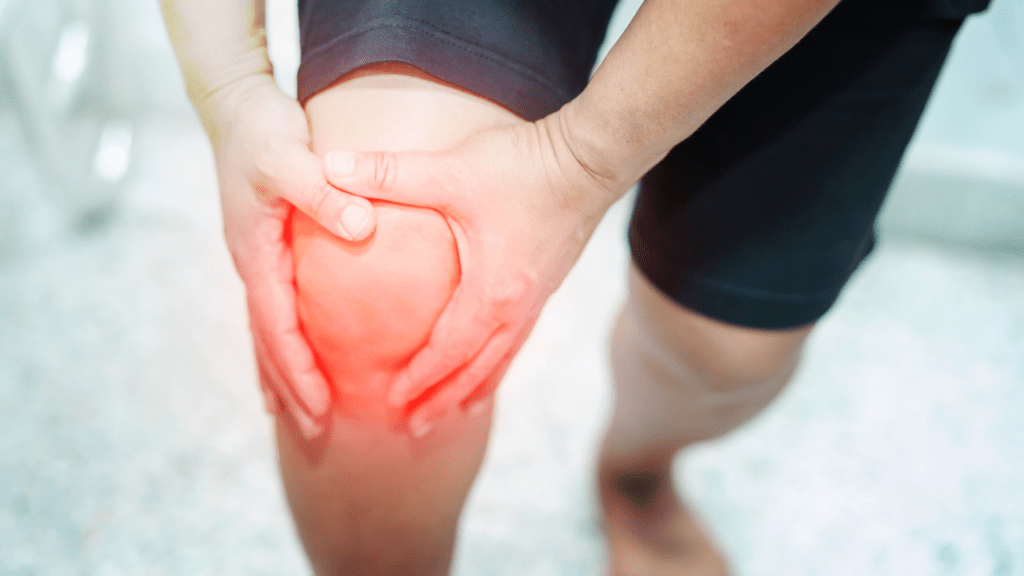

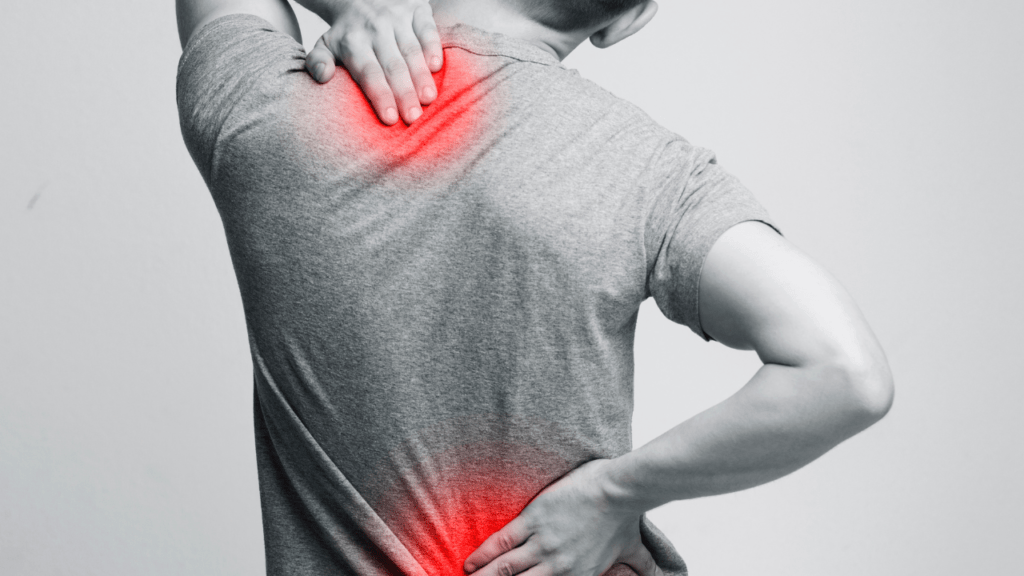
focusing on how you move, and paying attention to what your body tells you, you can lower the chances of getting hurt and live a healthier life.
Proper Warm-Up and Cool-Down Routines
One of the most effective ways to prevent muscle strains is to incorporate proper warm-up and cool-down routines into your exercise regimen. A dynamic warm-up consisting of dynamic stretches and light cardiovascular activity prepares your muscles for the demands of exercise, reducing the risk of strain. Similarly, a thorough cool-down with static stretches helps relax muscles and promote flexibility, minimizing post-exercise soreness and stiffness.
Focus on Proper Form and Technique
Another key aspect of injury prevention is ensuring you’re using proper form and technique during exercise and everyday activities. Whether you’re lifting weights, performing bodyweight exercises, or engaging in sports, maintaining proper alignment and technique reduces the strain on muscles and minimizes the risk of injury.
Listen to Your Body
How to Speed Up Muscle Strain Recovery Perhaps the most underrated yet crucial aspect of injury prevention is listening to your body’s signals and respecting its limits. Pushing through pain or ignoring discomfort increases the likelihood of overuse injuries like muscle strains. Instead, tune into your body’s feedback and adjust your intensity or activity accordingly to prevent injury.
Gradual Progression and Rest Days
When engaging in exercise and physical activity, it’s crucial to adopt a gradual progression mindset. This approach gives your body time to adapt and recover between sessions. Including rest days in your pre-workout schedule is essential as they allow your muscles to repair and rebuild. Ultimately, this helps minimize the risk of overuse injuries such as muscle strains.
Cross-Training and Variation
Finally, incorporating cross-training and variation into your fitness routine can help prevent muscle imbalances and overuse injuries. Mix up your workouts with different activities and modalities to challenge your body in new ways and reduce the repetitive strain on specific muscle groups.
How to Speed Up Muscle Strain Recovery By doing these things to prevent muscle strains, you can lower the chance of getting hurt in the future. Keep doing these things regularly to keep your muscles and bones healthy for a long time. Remember, it’s better to stop problems before they happen, so focus on staying safe from injury. This way, your body will stay strong and work well.
FAQs ( Frequently Ask Questions )
Get quick answers to common queries about various topics, providing straightforward explanations for common concerns or inquiries
Q: Can I prevent muscle strains altogether?
Answer: While you can’t guarantee complete prevention, you can lower the risk by warming up, using proper techniques, and listening to your body.
Q: How long does it take to recover from a muscle strain?
Answer: Recovery time varies based on the severity of the strain but typically ranges from a few days to a few weeks.
Q: Are there any foods that can help with muscle strain recovery?
Answer: Yes, foods rich in protein, antioxidants, and omega-3 fatty acids can support the healing process.
Q: Should I continue exercising with a muscle strain?
Answer: It’s best to rest the injured muscle initially, then gradually reintroduce gentle exercise once the pain subsides.
Q: Can supplements like curcumin really help with muscle strain recovery?
Answer: Yes, curcumin supplements or turmeric can aid in reducing inflammation and promoting healing.
Q: What helps muscle strain heal faster?
Answer: Rest, ice, compression, elevation, and gentle stretching can speed up healing.
Q: How do you accelerate muscle strain recovery?
Answer: Focus on proper warm-up, form, gradual activity increase, and good nutrition.
Q: How long can a muscle strain take to heal?
Answer: Healing time varies; mild strains may heal in days, and severe strains may take weeks.
Q: Is it better to rest or exercise a pulled muscle?
Answer: Initially rest, then gradually incorporate gentle exercises recommended by a healthcare professional.

